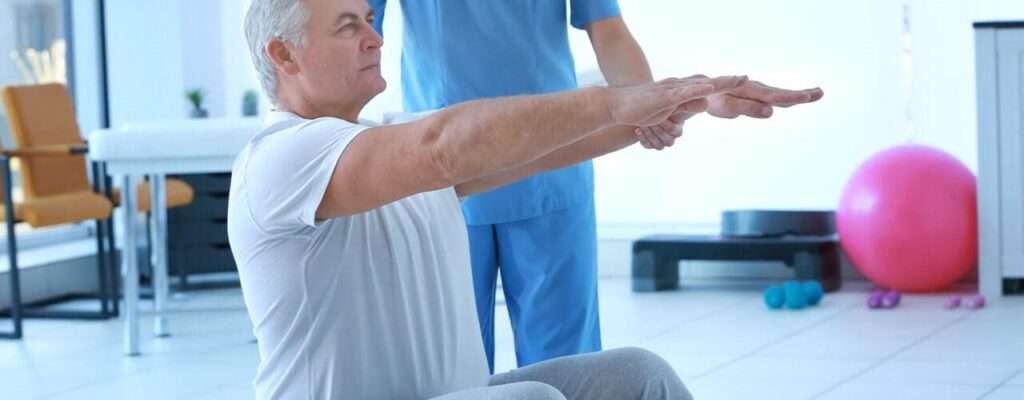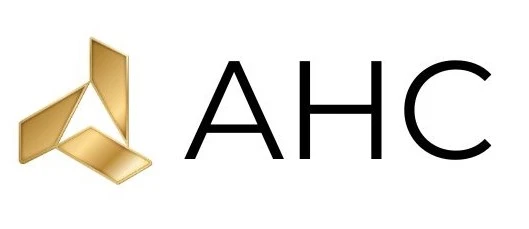Chiropractic Acupuncture Massage Therapy Physiotherapy DIRECT BILLING CALL NOW 306-954-4242 Orthotics Compression Stockings Orthopedic Bracing Chiropractic Acupuncture Massage Therapy Physiotherapy DIRECT BILLING CALL NOW 306-954-4242 Orthotics Compression Stockings Orthopedic Bracing
Chiropractic Acupuncture Massage Therapy Physiotherapy DIRECT BILLING CALL NOW 306-954-4242 Orthotics Compression Stockings Orthopedic Bracing Chiropractic Acupuncture Massage Therapy Physiotherapy DIRECT BILLING CALL NOW 306-954-4242 Orthotics Compression Stockings Orthopedic Bracing
Vestibular Rehabilitation: Physiotherapy for Vertigo and Dizziness

Restoring Balance and Stability: The Impact of Vestibular Rehabilitation on Vertigo
Imagine every step feeling like a struggle, as if the world is spinning even when you’re sitting still. Everyday activities that once brought joy now seem daunting. If this sounds familiar, you might be dealing with vertigo. Thankfully, there’s a solution. With the help of innovative vestibular physiotherapy and rehabilitation techniques, it’s possible to regain your balance and restore stability.
Picture this: you’re walking your dog on a beautiful sunny day when suddenly, the ground seems to shift beneath your feet. You tighten your grip on the leash, trying to steady yourself as the world around you sways like an unrelenting merry-go-round. Busy streets, crowds, even staring at your computer screen at work—it all feels overwhelming. This isn’t just a passing sensation; it’s a disruptive force in your daily life, making even the simplest tasks feel insurmountable.
Vertigo is more than just an occasional dizzy spell. For many, it’s a persistent challenge that interferes with their ability to live fully. At our clinic, we’ve seen firsthand how frustrating and exhausting this condition can be. But there’s hope. Much like fixing a glitch in software, vestibular rehabilitation works to correct issues within your vestibular system. Using targeted exercises, this therapy can help improve balance, reduce dizziness, and, most importantly, allow you to reclaim your life.
Don’t let vertigo take control. Reach out to our clinic today or read on to learn how you can overcome the spins and embrace a more balanced life.
Understanding Vertigo: Shedding Light on the Symptoms
Vertigo is not a condition in itself but a symptom, a sensation that either you or your surroundings are moving or spinning when, in reality, they are not. These episodes can strike without warning and are often unwelcome intrusions into daily life.
Think of trying to read a book while sitting on a spinning merry-go-round. The world blurs around you, and no matter how hard you focus, the words refuse to stay still. That’s vertigo in a nutshell.
Common symptoms of vertigo include:
- Nausea or vomiting
- Unsteadiness or loss of balance
- A feeling of being pulled in one direction
- Ringing in the ears or hearing loss
- Difficulty focusing or tracking moving objects
Vertigo can affect anyone, regardless of age or lifestyle. It doesn’t discriminate, and people from all walks of life can experience these unsettling symptoms.
Several factors can trigger vertigo, including inner ear infections, migraines, certain medications, or head injuries. However, the causes can vary from person to person. Research highlights a few key points:
- Age: As we age, the likelihood of experiencing vertigo increases, particularly after age 60, though younger individuals can also be affected.
- Gender: Women are more prone to certain types of vertigo, such as benign paroxysmal positional vertigo (BPPV), especially during hormonal changes.
- Other Risk Factors: Past head injuries, certain medications, and prolonged bed rest can increase the risk of vertigo.
But here’s the good news: with vestibular rehabilitation, vertigo can be managed, treated, and often fully resolved.
The Benefits of Vestibular Rehabilitation for Vertigo and Dizziness
Vestibular rehabilitation doesn’t just focus on alleviating symptoms; it tackles the root cause, offering a comprehensive approach to recovery. Our skilled physiotherapists conduct thorough assessments, considering your medical history, symptom intensity and frequency, and any related conditions. This personalized approach ensures that your treatment is tailored to your specific needs.
Every case of vertigo is unique, and so is the treatment plan. We use a range of effective strategies and techniques designed to promote a swift recovery.
Key Components of Vestibular Rehabilitation:
- Balance and Gaze Stabilization Exercises: These exercises aim to enhance communication between the brain and the inner ear, improving overall stability.
- Habituation Exercises: For those whose vertigo is triggered by certain movements or visual stimuli, these exercises help reduce sensitivity to these triggers over time.
- Canalith Repositioning Procedures: Particularly beneficial for patients with BPPV, these maneuvers help reposition small calcium particles in the inner ear, reducing symptoms.
These techniques, combined with customized physiotherapy, provide a powerful approach to vertigo treatment:
- Balance and Gait Training: Using tools like stability balls, foam pads, and BOSU balls, these exercises improve proprioception and reduce the risk of falls. Gait training helps refine walking patterns, making movement more stable and less exhausting.
- Neuromuscular Re-education: This technique focuses on improving movement patterns, coordination, posture, balance, and muscle memory. It involves activities that challenge the brain and body to work in harmony, helping to retrain the nervous system.
- Functional Training: This aspect of therapy is tailored to your specific activities or hobbies, ensuring you can safely return to the things you love.
By integrating vestibular rehabilitation with other therapeutic treatments, patients often experience faster relief and a smoother return to normal activities, reducing the likelihood of future vertigo episodes.
Take the First Step Towards Better Balance
Living with vertigo doesn’t have to be an ongoing battle. With the right knowledge, tools, and guidance, balance and stability are within reach.
If you find yourself grappling with the challenges of vertigo, don’t wait. Discover how vestibular rehabilitation and physiotherapy can be the key to a more stable tomorrow. Contact us today to learn more about this transformative approach to healing!

